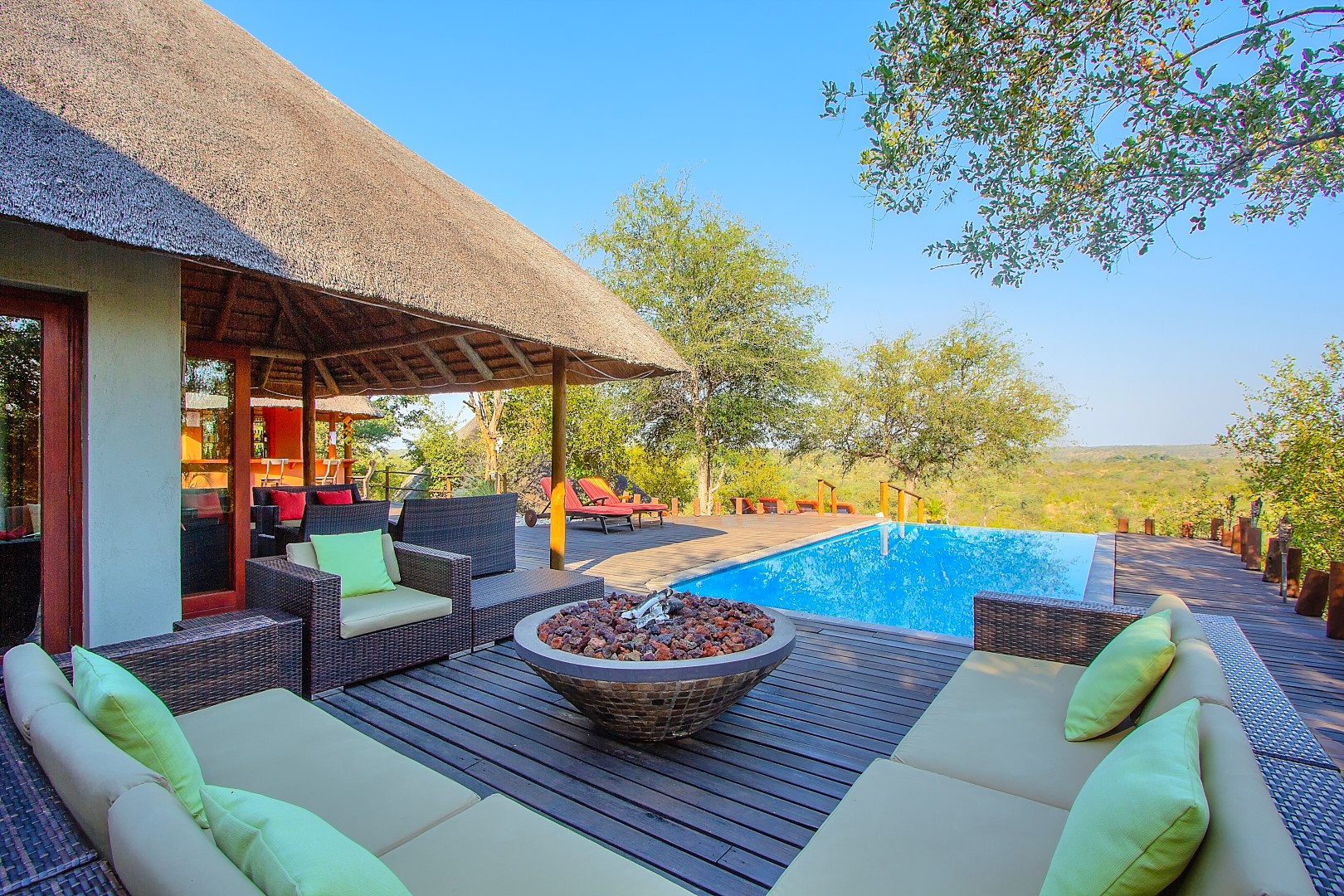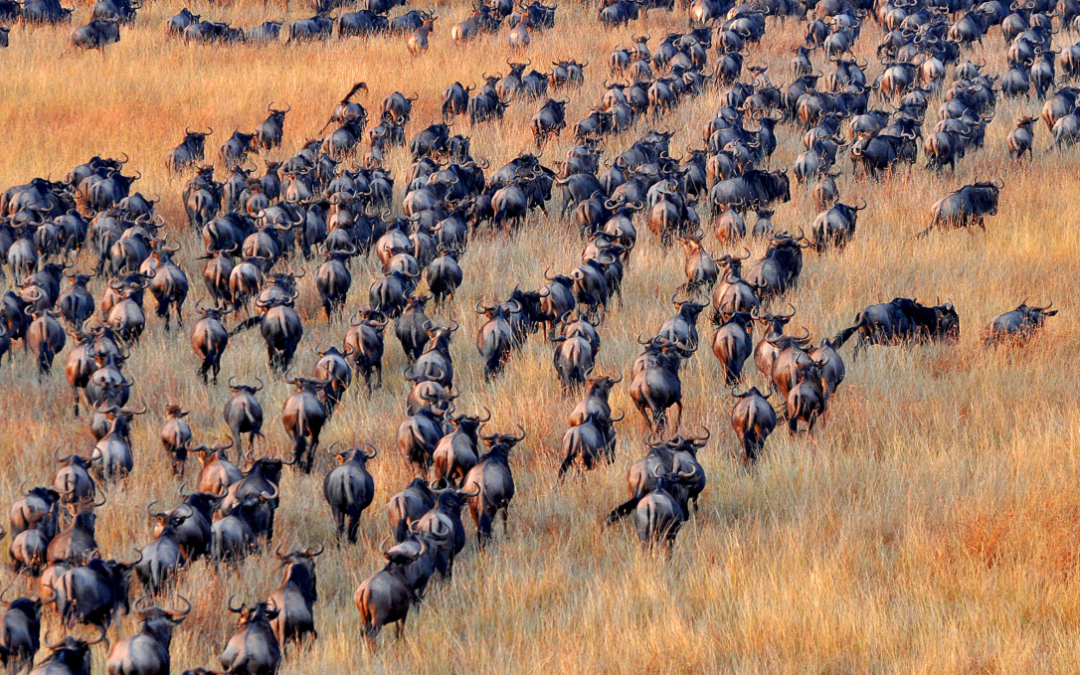The Kruger National Park is one of the most famous and iconic wildlife conservation areas in Africa, located in northeastern South Africa, just 35 km away from Casart Game Lodge. Its history is rich and spans over a century of conservation efforts and development.
An overview of Kruger National’s Park history:
- Late 1800s: The area that would later become Kruger National Park was inhabited by local indigenous communities and various wildlife species. During this time, the region was known as the Lowveld and was primarily used for hunting and subsistence farming.
- 1884-1895: Paul Kruger, the President of the South African Republic (also known as the Transvaal), played a significant role in establishing the foundation for the park. Recognizing the need to protect the area’s wildlife, he implemented hunting regulations to curb the excessive killing of animals.
- Early 1900s: The idea of creating a protected area gained more traction, and in 1898, the Sabi Game Reserve was established, covering around 12,000 square kilometers. In 1926, the Sabi and Shingwedzi Game Reserves were merged to form the Kruger National Park. The park was officially opened to the public in 1927.
- 1940s-1950s: The Kruger National Park faced challenges during World War II, as resources were diverted away from conservation efforts. After the war, conservation efforts were revitalized, and infrastructure improvements began to take place.
- 1960s-1970s: During this period, the park’s infrastructure and facilities were significantly improved, making it more accessible to tourists. Roads, rest camps, and visitor amenities were developed, leading to an increase in tourism.

- 1980s: The Kruger National Park, along with other conservation areas, faced challenges related to poaching and wildlife smuggling. Rhino poaching, in particular, became a major issue due to the high demand for rhino horn in some Asian markets.
- 1990s: Conservation efforts were intensified, and community involvement became an important aspect of managing the park. Collaboration with neighboring communities aimed to balance conservation needs with the socio-economic interests of local people.
- 2000s: Kruger National Park continued to be a major tourist destination, offering opportunities for wildlife viewing and eco-tourism. Conservation initiatives focused on protecting endangered species, habitat restoration, and sustainable resource management.
- 2010s: The park implemented advanced technology, such as anti-poaching drones and camera traps, to aid in monitoring and protecting wildlife. The fight against poaching, particularly of rhinos and elephants, remained a priority.
- Present and Future: The Kruger National Park remains a vital stronghold for biodiversity conservation. Efforts continue to balance the needs of wildlife conservation, tourism, and the well-being of local communities. Ecotourism plays a crucial role in generating revenue for park maintenance and local development.
Kruger National Park – the largest and most famous national Park in Africa
Throughout its history, Kruger National Park has evolved from a small game reserve into one of the largest and most famous national parks in Africa. Its success in wildlife conservation and its efforts to engage local communities have made it a model for protected area management around the world.

Experience a safari in style at Casart Game Lodge!







